In the Hunzakh district of Dagestan, a famous Soviet poet, prose writer, public figure, and political activist, Rasul Gamzatovich Gamzatov, was born. Here's what he wrote about his homeland:
«In Dagestan , the higher you go, the juicier the grass,
In Dagestan, the higher you go, the cleaner the streams,
The song becomes more beautiful. Compared to it,
Saadi is poor, and nightingales are poor...».
The Republic of Dagestan, whose name translates from Turkic as the 'land of mountains,' is the southernmost region of our country. It stretches along the coast of the Caspian Sea, gradually transitioning from subtropical forests at the mouth of the Samur River to deserts in the north of the republic and high mountain glaciers in the highlands of Dagestan. Dagestan is a land of contrasts, where ancient settlements and traditional crafts have been preserved. These are traditions that have been passed down for centuries. This is why tours to Dagestan are in high demand, and some of the most beautiful cities in Russia open their hospitable embrace to hundreds of visitors every year.
Makhachkala is the largest city in the North Caucasus and, at the same time, the capital of the republic. It is an incredibly colorful and authentic city with a history dating back to 1847 when it was known to the highlanders as Anzhi-Kala, which means 'flourishing, pearl city.' Even now, when you arrive in Makhachkala, you can feel the charm of this Caucasian pearl, which has preserved the attractiveness of an ancient natural resort and the charm of antiquity.
Perhaps the most famous landmark of the city is the central Juma Mosque. This magnificent white building was built with the participation of Turkish craftsmen, modeled after the Blue Mosque in Istanbul. The central Juma Mosque is now one of the largest in Europe.
The Dagestan Museum of Fine Arts, named after P.S. Gamzatova— the wife of the great poet, is also well-known. Among its exhibits are works by famous artists from the 17th to the early 20th centuries: Karl Bryullov, Vasily Perov, Ivan Kramskoi, Viktor Vasnetsov, Ivan Aivazovsky, and many others.
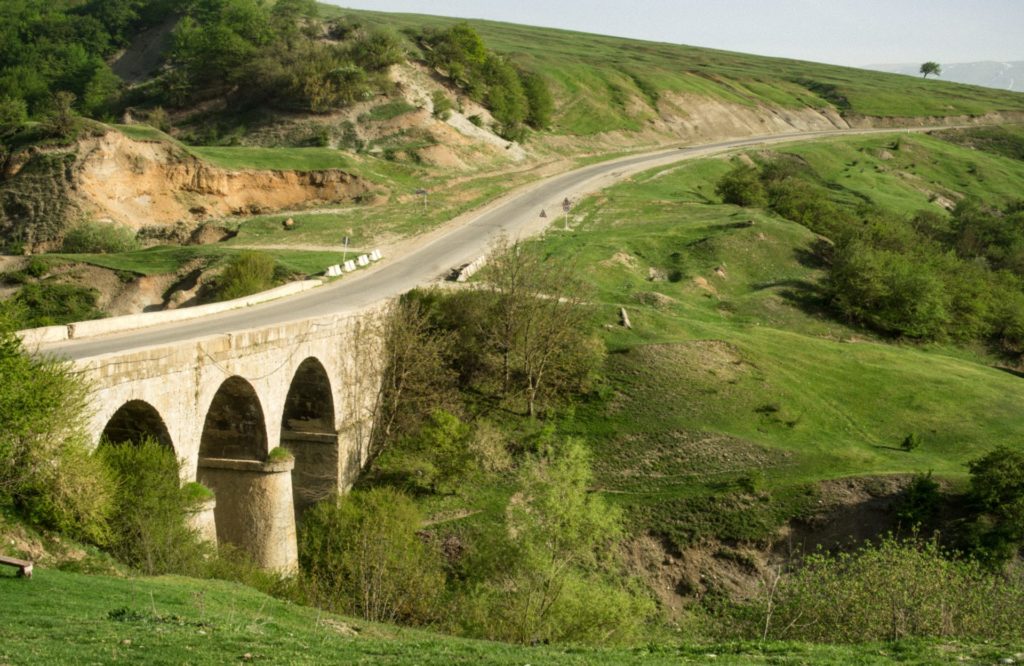
Another major city, Derbent, which translates from Persian as 'closed (bound) gates,' is also called the 'Second Jerusalem' because it harmoniously accommodates three world religions. The city boasts an outstanding monument of defensive architecture—the Derbent Fortress Complex. It includes the citadel 'Naryn-Kala,' the Derbent Wall, behind which the main part of the city was located in ancient times, and the Juma Mosque— the oldest mosque in Russia, which is a UNESCO World Heritage site.
Khasavyurt and Kaspiysk are also large cities with their fascinating history and charming beauty. Khasavyurt is known as the 'northern gateway of the republic' because it hosts major trunk lines, highways, and rural roads. It is also home to the largest Orthodox cathedral in the North Caucasus, the Holy Sign Cathedral. Its symmetrical walls are crowned with nine domes symbolizing the angelic orders.
Kaspiysk, whose history began with the construction of the Dagdizel marine weapons plant, now offers picturesque landscapes within the Khaliilov Urban Park along the seacoast, featuring fountains, viewing platforms, and beach access.
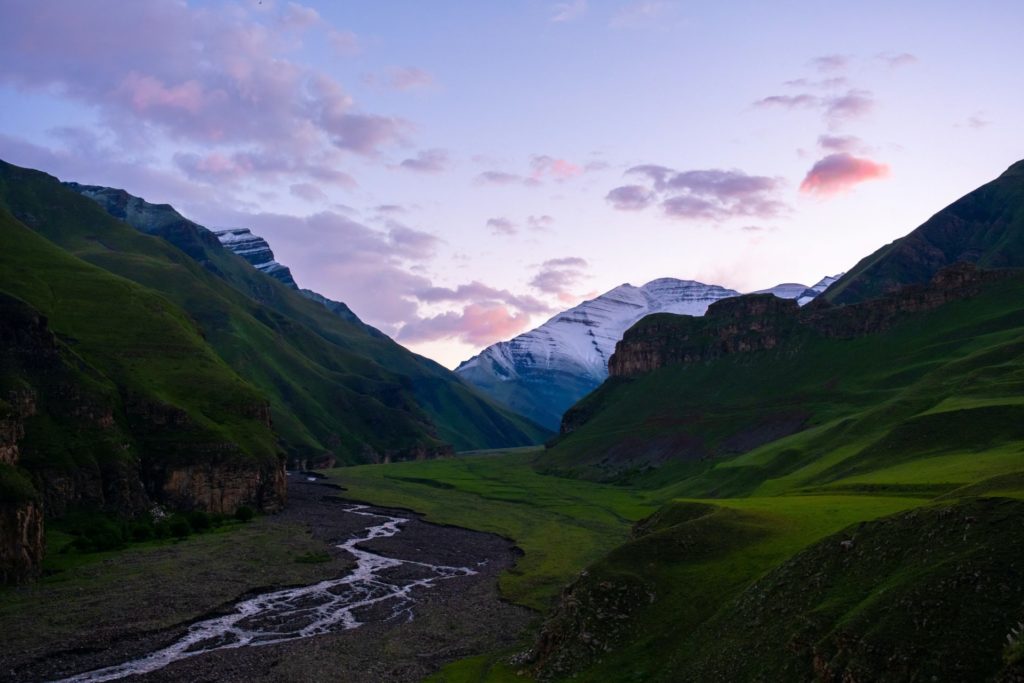
Of course, it's impossible to forget that aside from cities with rich history and centuries-old traditions, Dagestan's nature holds a special place in the hearts of those who have had the pleasure of experiencing it. The Khuchninskiy Waterfall, Gunib Plateau, Shalbuzdag, and Yarydag Mountains, the Samur River delta—these are unique natural landmarks that can be listed endlessly. But it's widely known that seeing them once is better than hearing about them a hundred times.
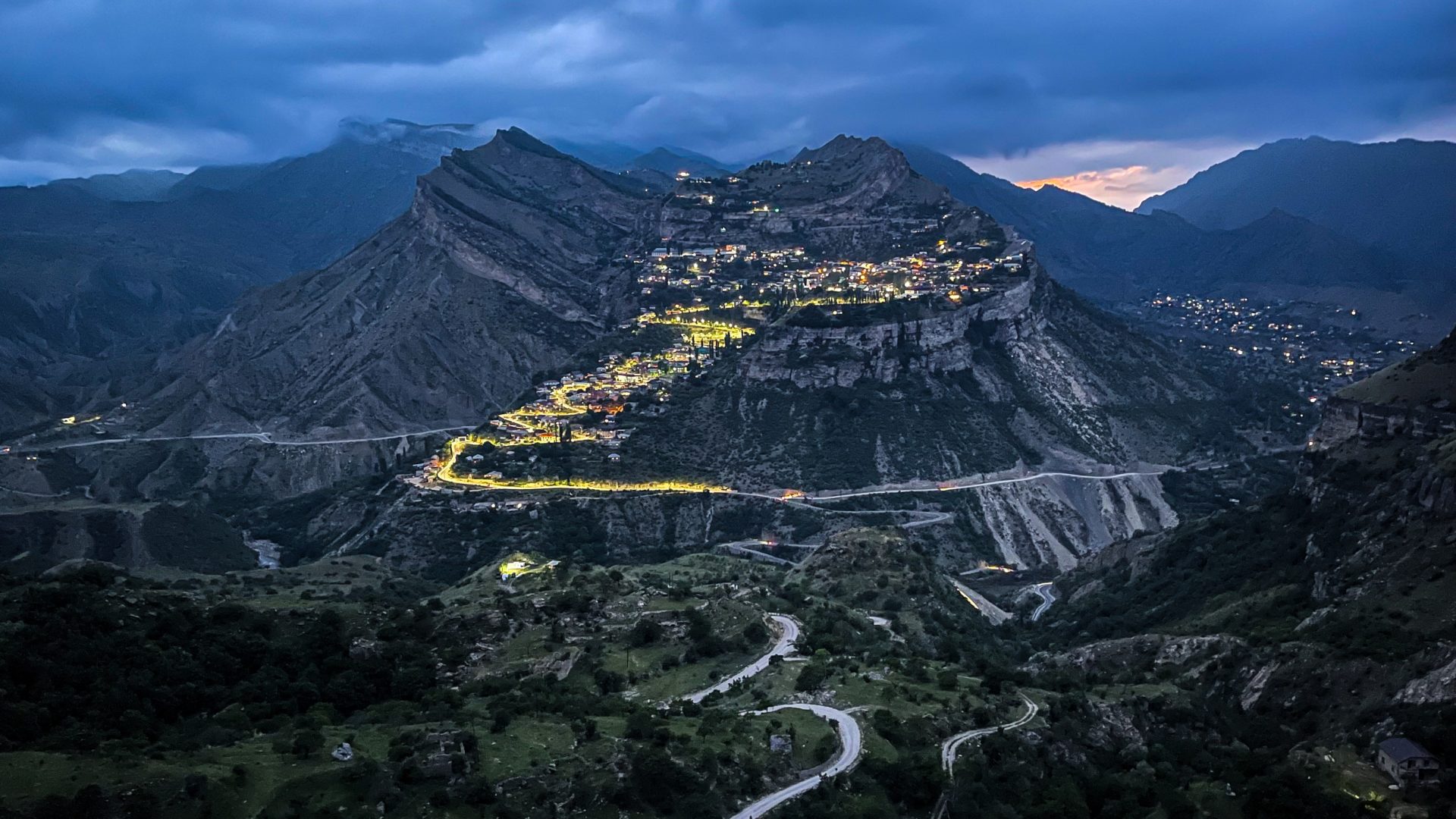
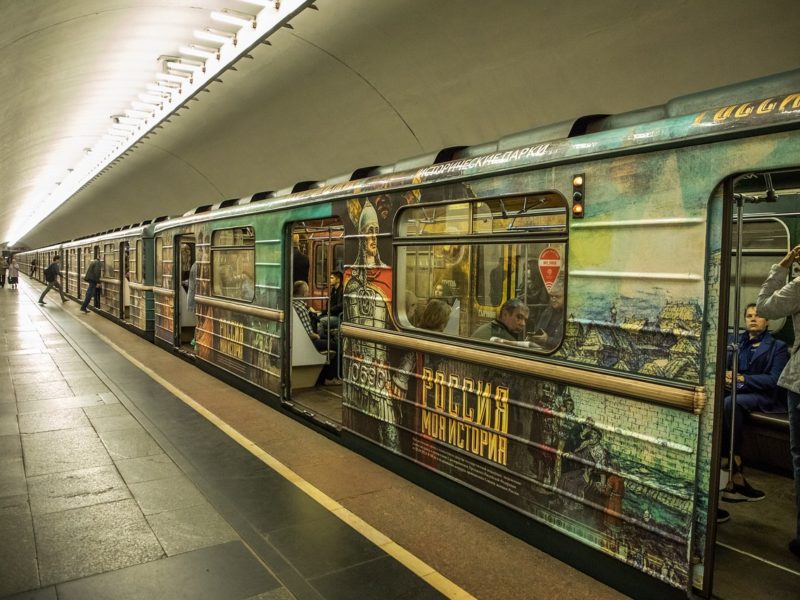
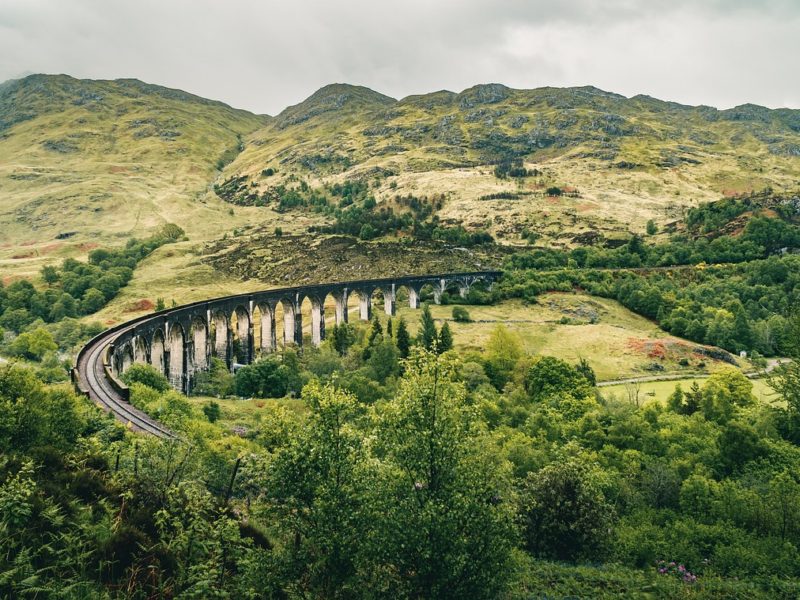

Дербент -очень интересный и красивый город.